Home>Interior Design>6 Rug Colors To Avoid And What Colors Work Well
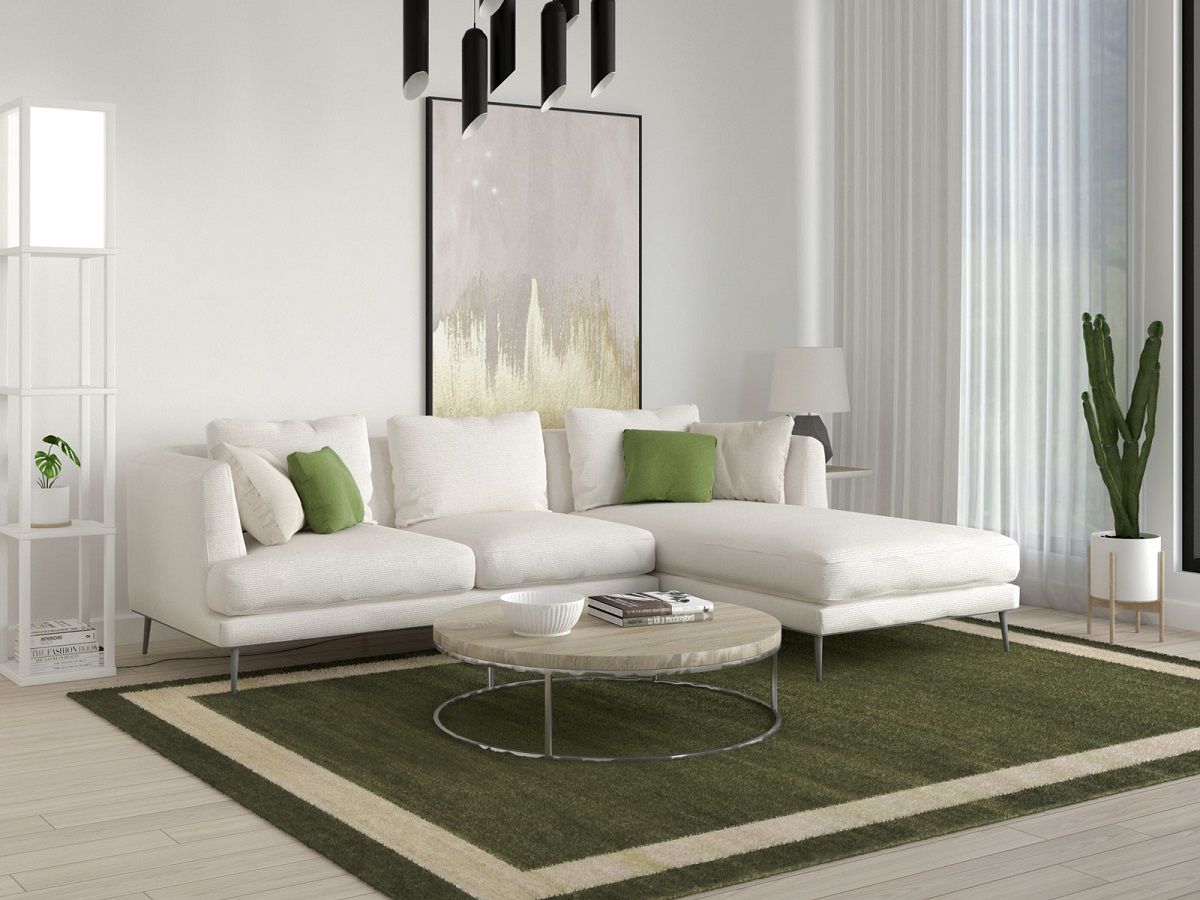

Interior Design
6 Rug Colors To Avoid And What Colors Work Well
Modified: January 18, 2024
Avoid these 6 rug colors for your interior design! Discover the perfect alternatives that will enhance your space and bring harmony to your home.
(Many of the links in this article redirect to a specific reviewed product. Your purchase of these products through affiliate links helps to generate commission for Storables.com, at no extra cost. Learn more)
Rug Colors to Avoid and What Colors Work Well Instead
Choosing the right rug color can make a significant impact on the overall aesthetic of a room. The color of a rug can either enhance the existing decor or create a clash that disrupts the harmony. While personal preference plays a major role in selecting colors, there are certain rug colors that are generally considered less appealing or difficult to work with. In this article, we will explore six rug colors to avoid and suggest alternative colors that work well instead.
Bright Yellow
While yellow can add a cheerful and energetic touch to a space, choosing a bright yellow rug can be overwhelming. It can easily overpower the room and create an unbalanced look. Instead, opt for a softer shade of yellow or incorporate it as an accent color through accessories like throw pillows or artwork.
Neon Green
Neon green might be eye-catching, but it can be challenging to integrate into a cohesive design scheme. Its intense brightness can be distracting and take away from the overall ambiance. Consider opting for a more muted shade of green, like sage or olive, which can bring a calming and natural element to your room.
Electric Blue
Electric blue can be a bold choice for a rug color, but it can easily overpower the space and make it feel overwhelming. Instead, consider using shades of blue that have a softer and more serene appearance, such as pale blue or teal. These colors can create a more tranquil and inviting atmosphere.
Hot Pink
Hot pink can be a vibrant and lively color, but it can also be difficult to incorporate into an interior design scheme. It can be visually overpowering and clash with other colors in the room. Instead, opt for softer shades of pink, like blush or rose, which can add a touch of femininity and elegance to your space.
Orange
While orange can be a warm and energetic color, it can also be challenging to work with in large doses. A bright orange rug can dominate the room and make it feel visually overwhelming. Consider using more subtle shades of orange, like terracotta or burnt orange, which can create a cozy and inviting atmosphere.
Red
Red is a bold and passionate color, but it can be overpowering when used as the main color for a rug. It can create a visually intense and busy look. Instead, consider using red as an accent color through smaller accessories or incorporate it in a patterned rug that features other complementary colors.
Now that we have explored the rug colors to avoid, let’s shift our focus to colors that work well instead:
Neutral Tones
Neutral tones like beige, gray, and ivory are timeless and versatile choices for rugs. They can easily blend with various color palettes and provide a calming and sophisticated backdrop for the rest of the room’s decor.
Earthy Shades
Earthy shades such as brown, tan, and rust can bring a sense of warmth and grounding to a space. They work well in rooms with natural or rustic themes and can add a cozy and inviting atmosphere.
Read more: 5 Colors To Avoid In A Bathroom
Pale Gray
Pale gray is a versatile and modern color choice for rugs. It can act as a neutral base while adding a touch of sophistication to the room. It pairs well with a wide range of colors, making it a safe and stylish option.
Soft Pastels
Soft pastel colors like light pink, lavender, and baby blue can create a delicate and serene ambiance. They work well in rooms with a feminine or shabby chic style, adding a subtle pop of color without overpowering the space.
Cool Blues
Cool shades of blue, such as aqua or sky blue, evoke a sense of calmness and tranquility. They work well in rooms where relaxation is a priority, such as bedrooms or living rooms designed for unwinding.
Deep Greens
Deep greens, like forest green or emerald green, can bring a touch of nature and elegance to a room. They work well in spaces that aim to create a rich and luxurious atmosphere and pair excellently with various neutral tones.
When selecting a rug color, it is crucial to consider the overall design style, existing color scheme, and personal preferences. By avoiding certain colors that are more challenging to work with and opting for alternative shades that are more versatile, you can create a harmonious and visually pleasing space that reflects your unique style and personality.
Rug Colors to Avoid and What Colors Work Well Instead
When it comes to interior design, choosing the right rug color can be a game-changer. The color of a rug can set the tone for a room, creating a specific ambiance and tying together the overall design scheme. While personal preference ultimately plays a significant role in color selection, there are certain rug colors that are generally considered less appealing or challenging to work with. In this article, we will explore six rug colors to avoid and suggest alternative colors that work well instead.
First and foremost, let’s take a look at the rug colors that are generally recommended to avoid in most design scenarios. These colors, while they may have their place in specific contexts, can often overpower a room and create visual discordance.
Bright yellow is one such color that can be difficult to incorporate successfully in a rug. While yellow can bring a cheerful and energetic vibe to a space, choosing a bright shade of yellow can quickly become overwhelming. Neon green is another color that falls into this category. Its intense brightness can create a disjointed look and detract from the overall harmony of the room. Electric blue is a bold and attention-grabbing color that can easily dominate a space and make it feel overwhelming. Hot pink, orange, and red are also colors that should be approached with caution. While they can add vibrancy and drama to a room, using them as the main color for a rug can create a visually intense and busy look.
Now that we’ve discussed the rug colors to avoid, let’s shift our focus to alternative colors that work well instead. These colors provide more versatility and integration possibilities within different design schemes.
Neutral tones, such as beige, gray, and ivory, are timeless and versatile choices for rugs. They act as a neutral backdrop and can easily blend with various color palettes, allowing other elements of the room to take center stage. Earthy shades, like brown, tan, and rust, bring a sense of warmth and grounding to a space. They are excellent options for creating a cozy and inviting ambiance.
If you’re looking for a more modern and sophisticated vibe, pale gray can be an excellent choice. Its muted tone acts as a neutral base while adding a touch of elegance to the room. On the other hand, soft pastel colors, like light pink, lavender, and baby blue, can bring a delicate and serene ambiance to a space. They work well in rooms with a feminine or shabby chic style.
Cool blues, such as aqua or sky blue, evoke a sense of calmness and tranquility. They are ideal for rooms where relaxation is a priority, such as bedrooms or living rooms designed for unwinding. Deep greens, like forest green or emerald green, bring a touch of nature and sophistication to a room. They pair well with various neutral tones and can create a luxuriously elegant atmosphere.
When selecting a rug color, it’s crucial to consider the overall design style, existing color scheme, and personal preferences. By avoiding certain challenging colors and opting for alternative shades that are more versatile, you can create a harmonious and visually pleasing space that reflects your unique style and personality.
Rug Colors to Avoid
When it comes to choosing a rug color, it’s important to consider the impact it will have on the overall aesthetic of a room. While personal preference plays a significant role, there are certain rug colors that can be difficult to work with or may not create the desired effect. In this section, we will explore six rug colors to avoid and the reasons behind their less-than-ideal choices:
Bright Yellow
Bright yellow rugs can bring a burst of energy and vibrancy to a space, but they can also overwhelm the room. The intense brightness can easily overpower other elements in the space and create an unbalanced look. Additionally, it can be challenging to find complementary colors and patterns that work well with such a bold shade of yellow.
Neon Green
Neon green rugs may catch the eye, but they can be challenging to incorporate into a cohesive design scheme. The intense brightness of neon green can be visually overpowering and may clash with other colors in the room. It can create an overwhelming and chaotic look, detracting from the desired atmosphere.
Electric Blue
Electric blue rugs can be a bold choice for making a statement, but they can also dominate the room. The vibrant and intense hue of electric blue can create a visually overwhelming effect, especially in smaller spaces. It’s important to consider the overall balance and harmony of the room when choosing such a vibrant color for a rug.
Hot Pink
Hot pink rugs can add a lively and playful touch to a space, but they can also be challenging to incorporate into a cohesive design. The vibrant and bold nature of hot pink can easily overpower other elements in the room and create a visually unbalanced look. It’s essential to consider the overall color scheme and ensure that the hot pink rug doesn’t clash with other colors in the room.
Orange
Orange rugs can bring warmth and energy to a space, but they can also be challenging to work with as the main color. Bright orange rugs can dominate the room and create a visually overwhelming effect. Opting for more subtle shades of orange, such as terracotta or burnt orange, can create a more balanced and inviting atmosphere.
Red
Red rugs can add drama and passion to a room, but they can also be overpowering if used as the main color. Red is an attention-grabbing color that can create a visually intense and busy look. Consider using red as an accent color through smaller accessories or incorporating it in a patterned rug that features complementary colors.
While these rug colors may not be ideal as the main color for a rug, it doesn’t mean they can’t be used at all. They can still be incorporated into a room through smaller accents or as part of a patterned rug that includes other complementary colors. It’s all about finding the right balance and creating a harmonious design scheme.
Now that we have explored the rug colors to avoid, let’s move on to the alternative colors that work well and can create a more visually pleasing and cohesive look in your space.
Read more: Home Decor What Colors Goes Well With Butter
Colors That Work Well Instead
While some rug colors may pose challenges, there are plenty of alternative colors that work well and can create a visually pleasing and harmonious look in your space. These colors provide versatility and can complement a range of design styles. Let’s explore six alternative rug colors that are both aesthetically pleasing and easier to work with:
Neutral Tones
Neutral tones, such as beige, gray, and ivory, are timeless and versatile choices for rugs. These colors act as a blank canvas and provide a harmonious backdrop for the rest of the room’s decor. They create a sense of balance and allow other elements, such as furniture and accessories, to take center stage. Neutral-toned rugs are especially useful in rooms where you want to create a serene and calming atmosphere.
Earthy Shades
Earthy shades bring a natural and grounding presence to a room. Colors like brown, tan, and rust work well in spaces with a cozy or rustic design theme. These warm and earthy hues create a sense of comfort and connection to nature. They can be especially useful when you want to add a touch of warmth to a space and create a welcoming ambiance.
Read more: 5 Colors To Avoid In A Bathroom
Pale Gray
Pale gray is a versatile and modern color choice for rugs. This soft and muted tone acts as a neutral base, allowing you to play with other colors and patterns in your room. Pale gray rugs add a touch of sophistication and elegance to a space. They work well in contemporary design schemes and pair beautifully with both bold and subtle accent colors.
Soft Pastels
Soft pastel colors, such as light pink, lavender, and baby blue, bring a delicate and serene ambiance to a room. These gentle hues create a calm and soothing atmosphere, making them ideal for bedrooms and rooms where relaxation is a priority. Soft pastel rugs can also add a touch of femininity and elegance to a space, especially when paired with neutral or metallic accents.
Cool Blues
Cool shades of blue, such as aqua or sky blue, evoke a sense of tranquility and serenity. These colors work well in spaces where you want to create a calm and peaceful environment. Cool blue rugs can be particularly effective in coastal or nautical-inspired design schemes. Pair them with white or sandy beige accents to enhance the beachy vibe.
Deep Greens
Deep greens, like forest green or emerald green, bring a touch of nature and sophistication to a room. These rich and luxurious hues create a sense of elegance and can add depth to your space. Deep green rugs work well in rooms with various design styles, from traditional to modern. They pair beautifully with neutral tones, as well as with other natural elements like wood and plants.
These alternative rug colors allow you to create a visually pleasing and cohesive look in your space. Whether you prefer a neutral and calming ambiance or a more vibrant and nature-inspired atmosphere, these colors can help you achieve your desired design aesthetic. Remember to consider the overall color scheme and style of your room when choosing a rug color. With the right color choice, your rug can enhance the overall aesthetic and bring your interior design vision to life.
Conclusion
Choosing the right rug color is an important aspect of interior design as it can significantly impact the overall look and feel of a room. While personal preference plays a significant role in color selection, certain rug colors are generally considered more challenging to work with. In this article, we explored six rug colors to avoid and suggested alternative colors that work well instead.
Bright yellow, neon green, electric blue, hot pink, orange, and red are colors that can easily overwhelm a room or create a visually unbalanced look when used as the main color for a rug. While they can still be incorporated into a space through smaller accents or patterns, it is important to consider the overall design scheme and desired atmosphere.
On the other hand, neutral tones like beige, gray, and ivory provide a timeless and versatile option for rugs. They offer a neutral backdrop that can harmoniously blend with various color palettes and allow other elements of the room to shine. Earthy shades bring warmth and grounding to a space, while pale gray adds a touch of elegance and sophistication.
Soft pastels create a delicate and serene ambiance, cool blues bring a sense of calmness and tranquility, and deep greens add a touch of nature and sophistication. These colors provide even more options to cater to different design styles and preferences.
When selecting a rug color, it is crucial to consider the overall design style, existing color scheme, and personal preferences. By avoiding challenging colors and opting for alternative shades, you can create a harmonious and visually pleasing space that reflects your unique style and personality.
Remember, it’s not just about selecting a rug color that looks appealing, but also one that creates balance, complements other elements in the room, and contributes to the desired atmosphere. With the right rug color, your space can be transformed into a beautiful and cohesive oasis that welcomes you with style and comfort.
Frequently Asked Questions about 6 Rug Colors To Avoid And What Colors Work Well
Was this page helpful?
At Storables.com, we guarantee accurate and reliable information. Our content, validated by Expert Board Contributors, is crafted following stringent Editorial Policies. We're committed to providing you with well-researched, expert-backed insights for all your informational needs.
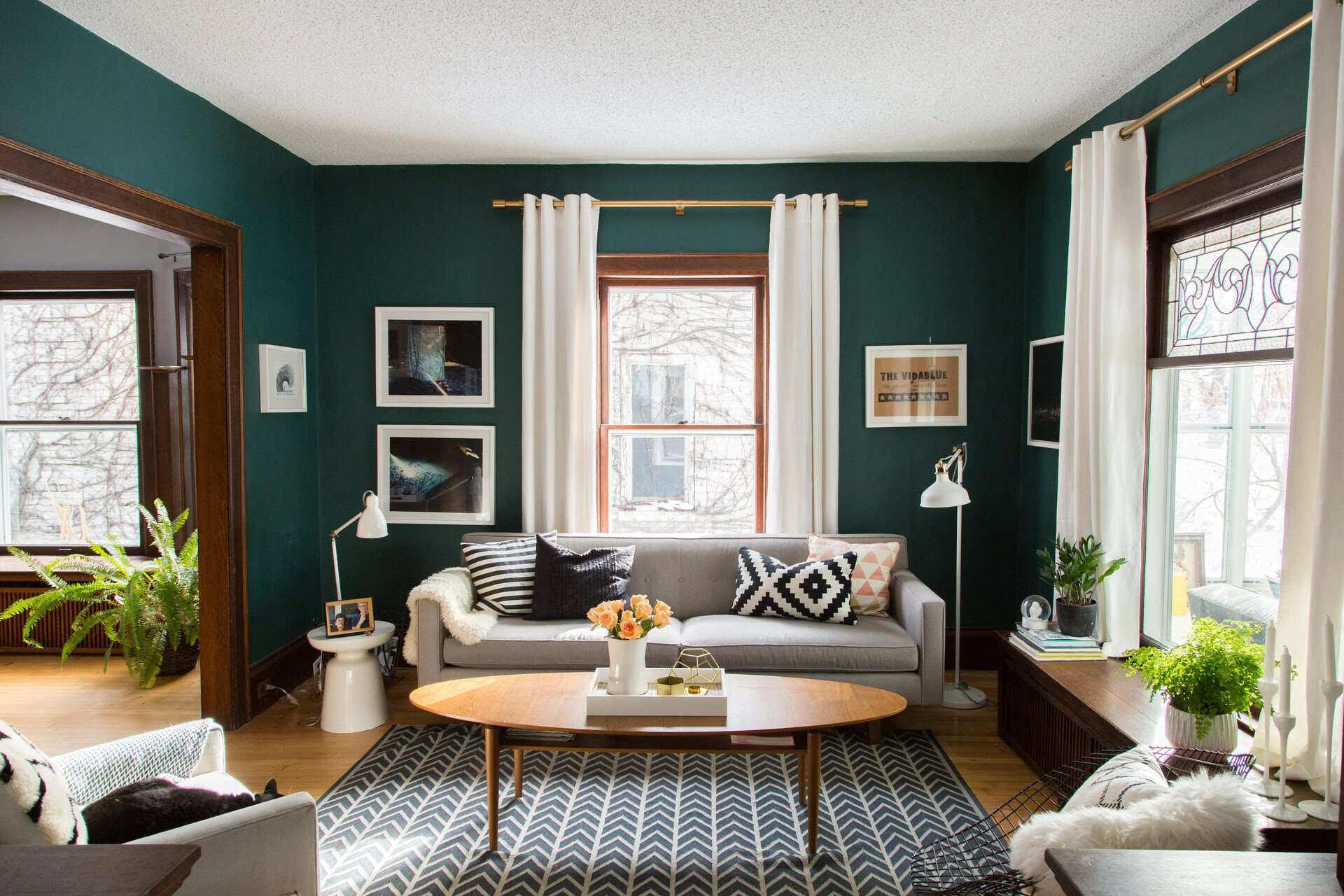
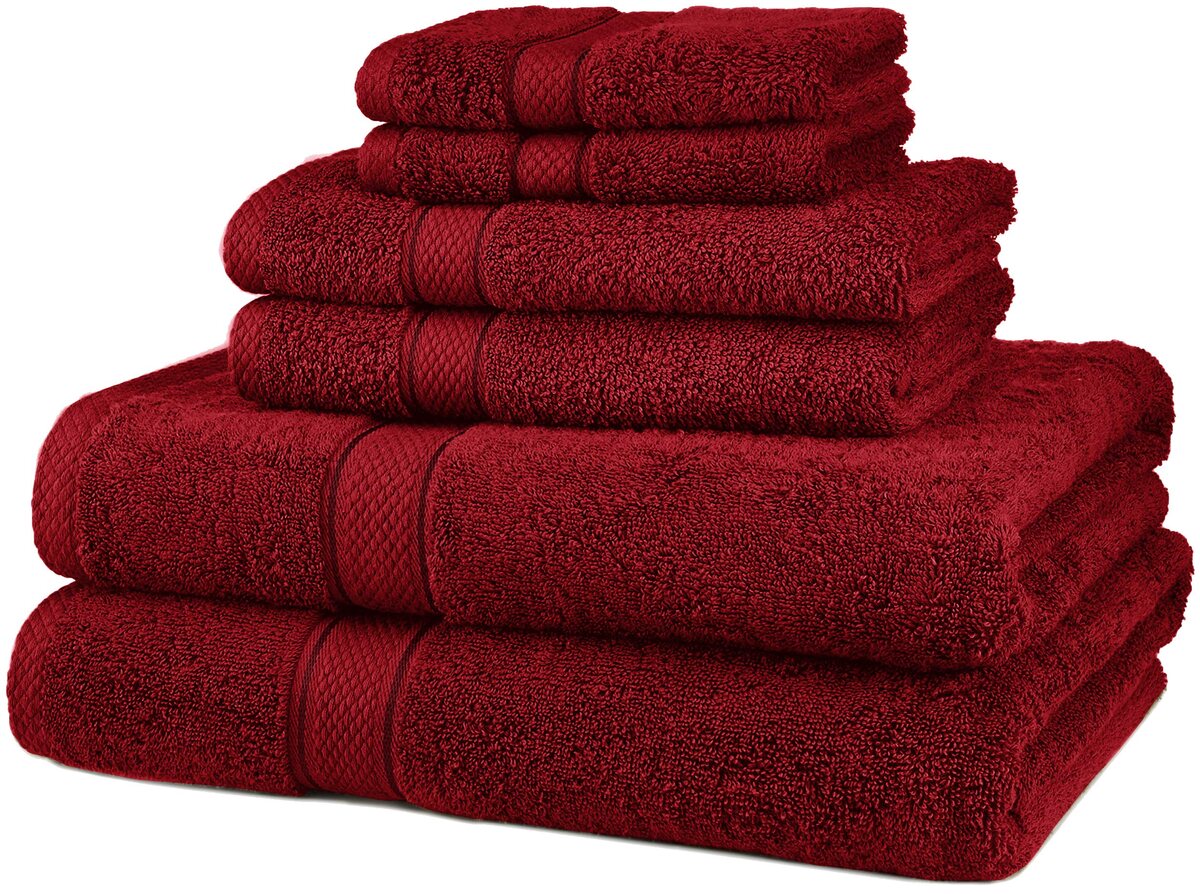
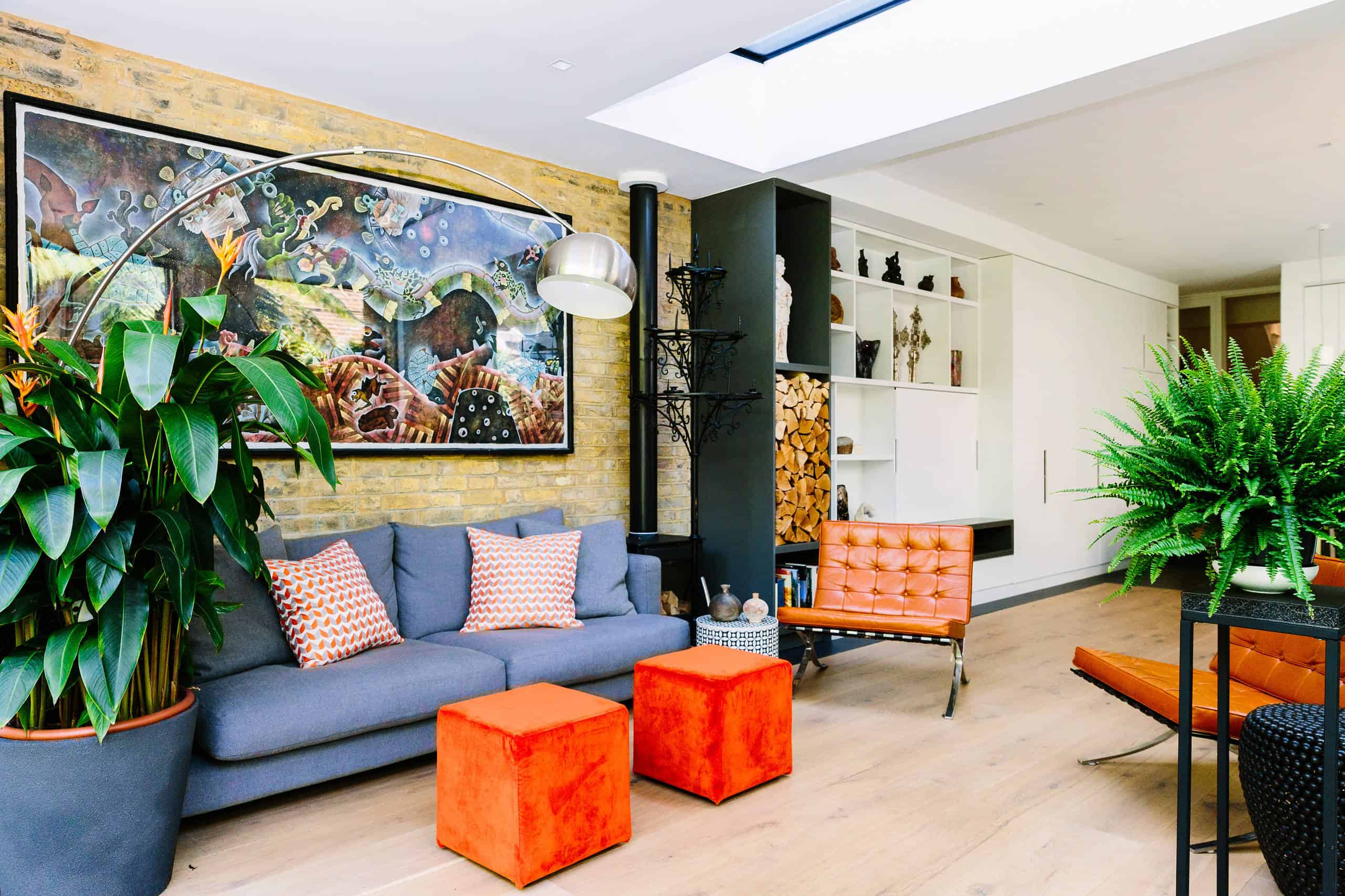
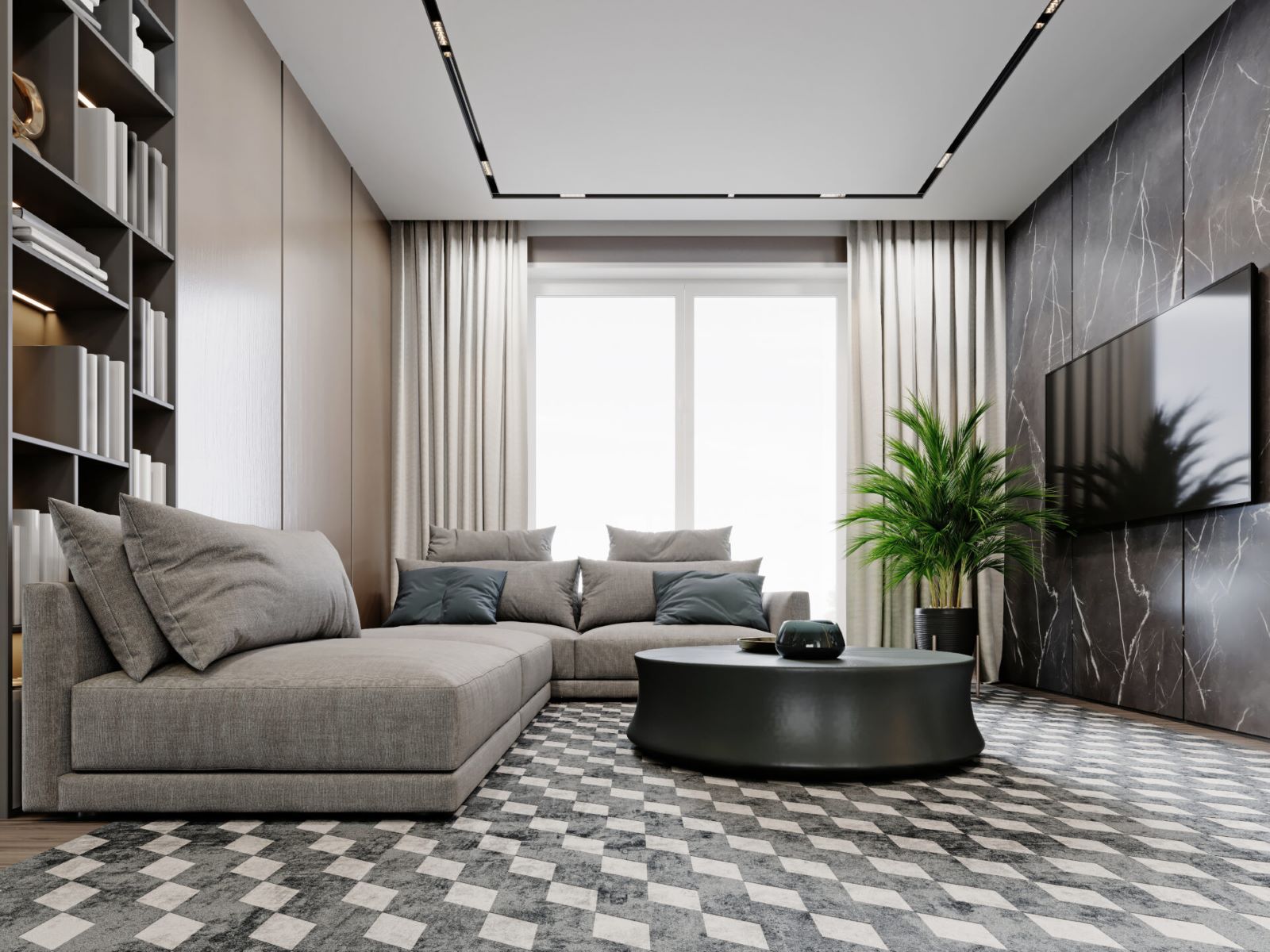
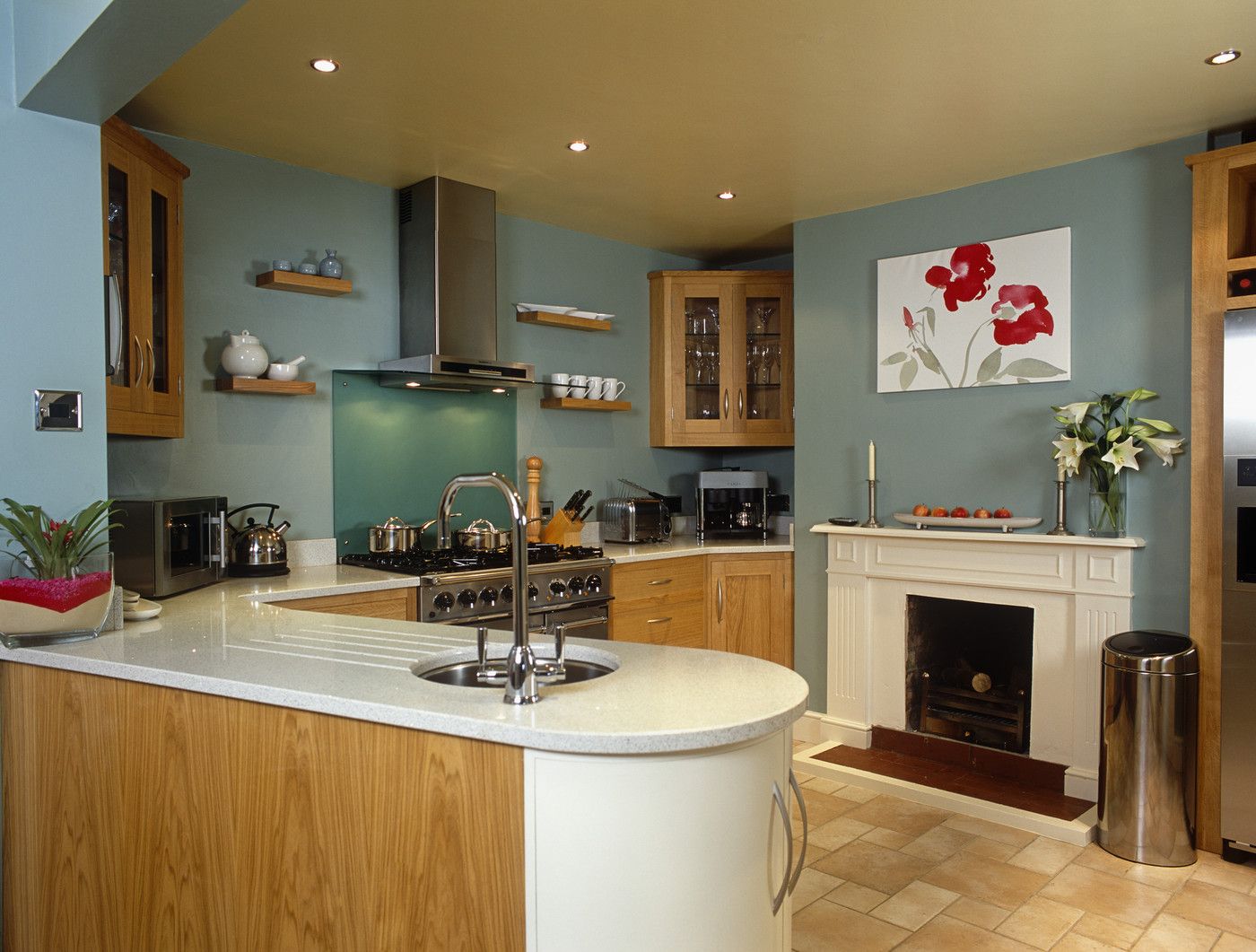
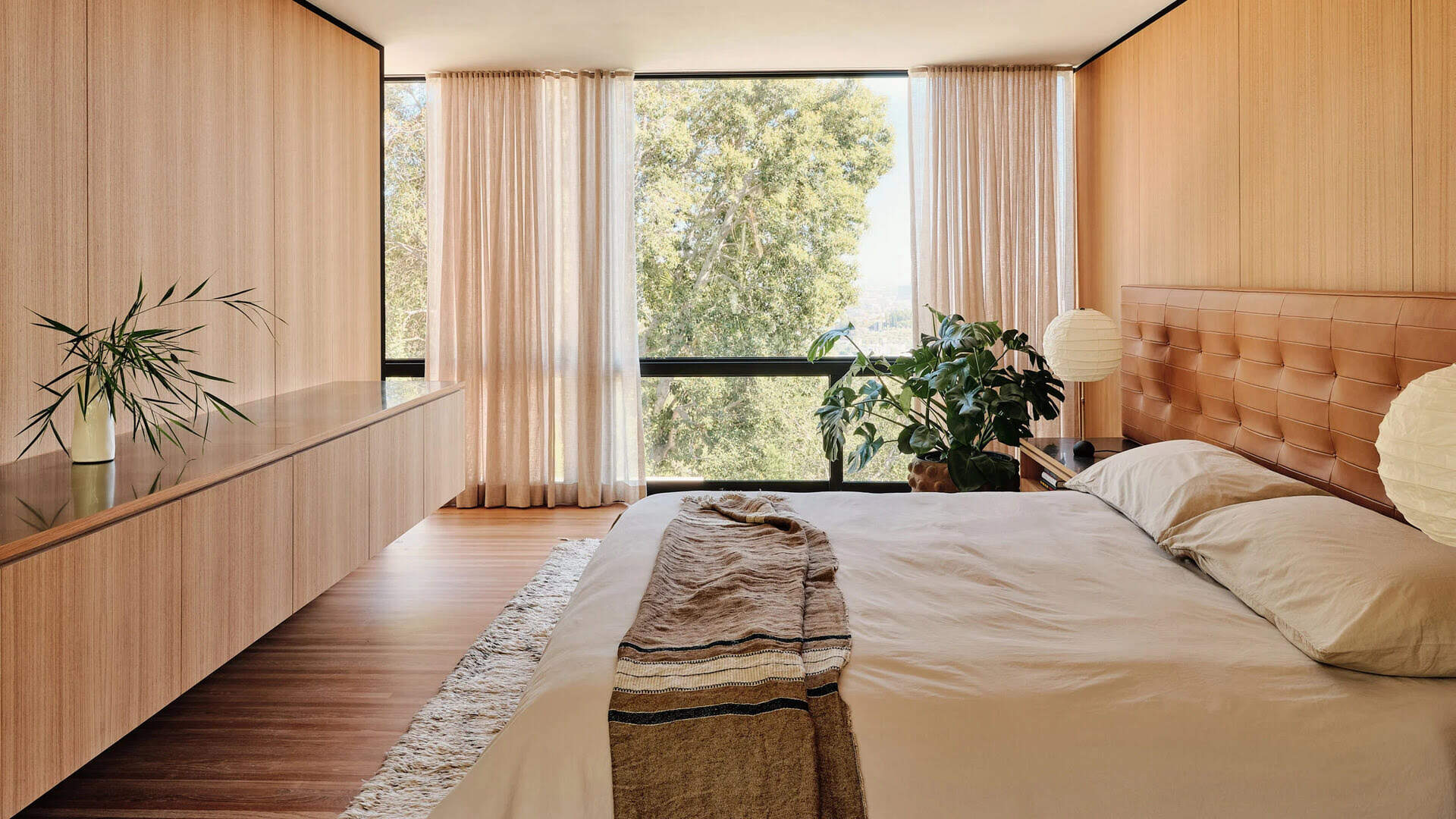
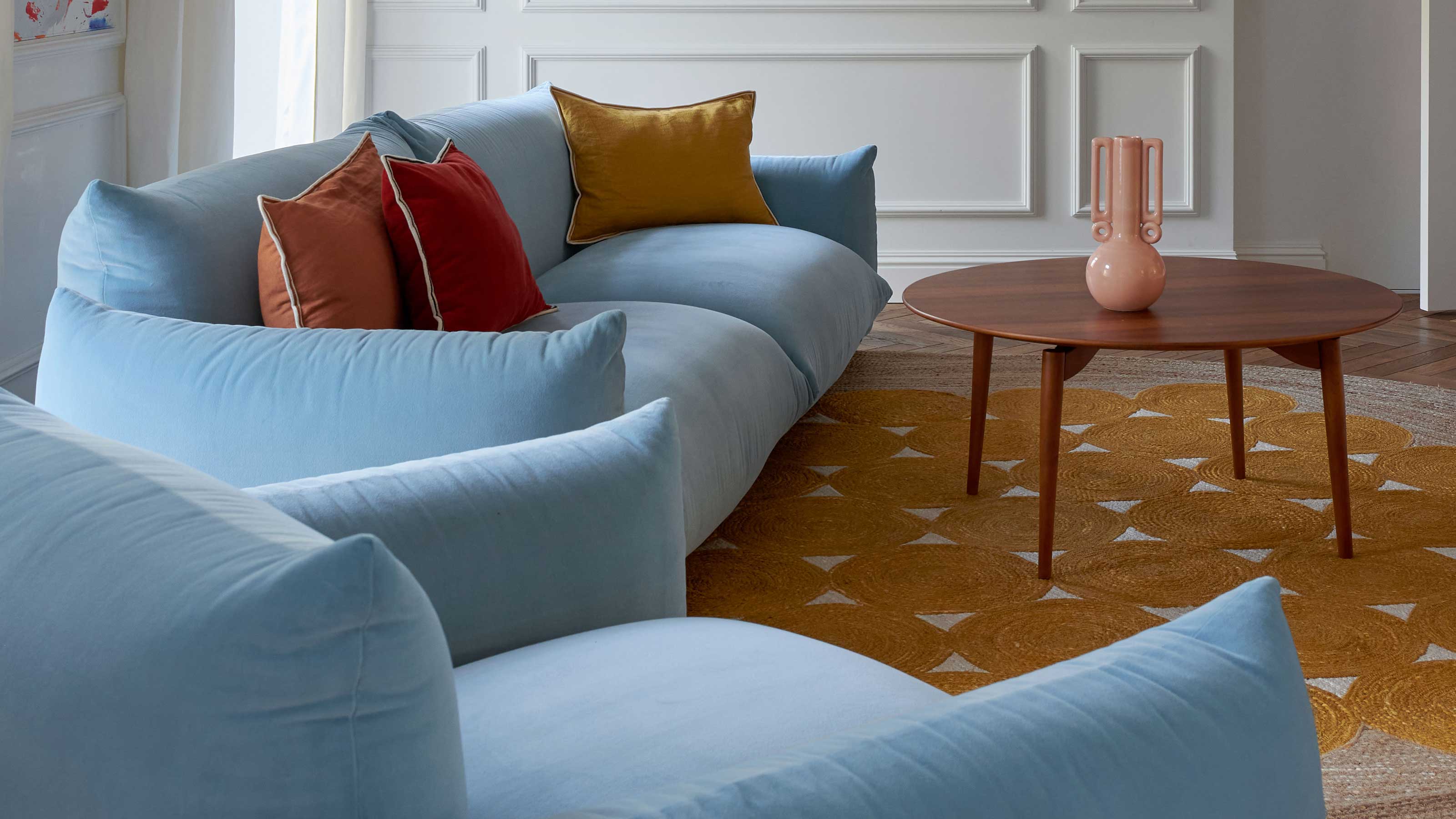
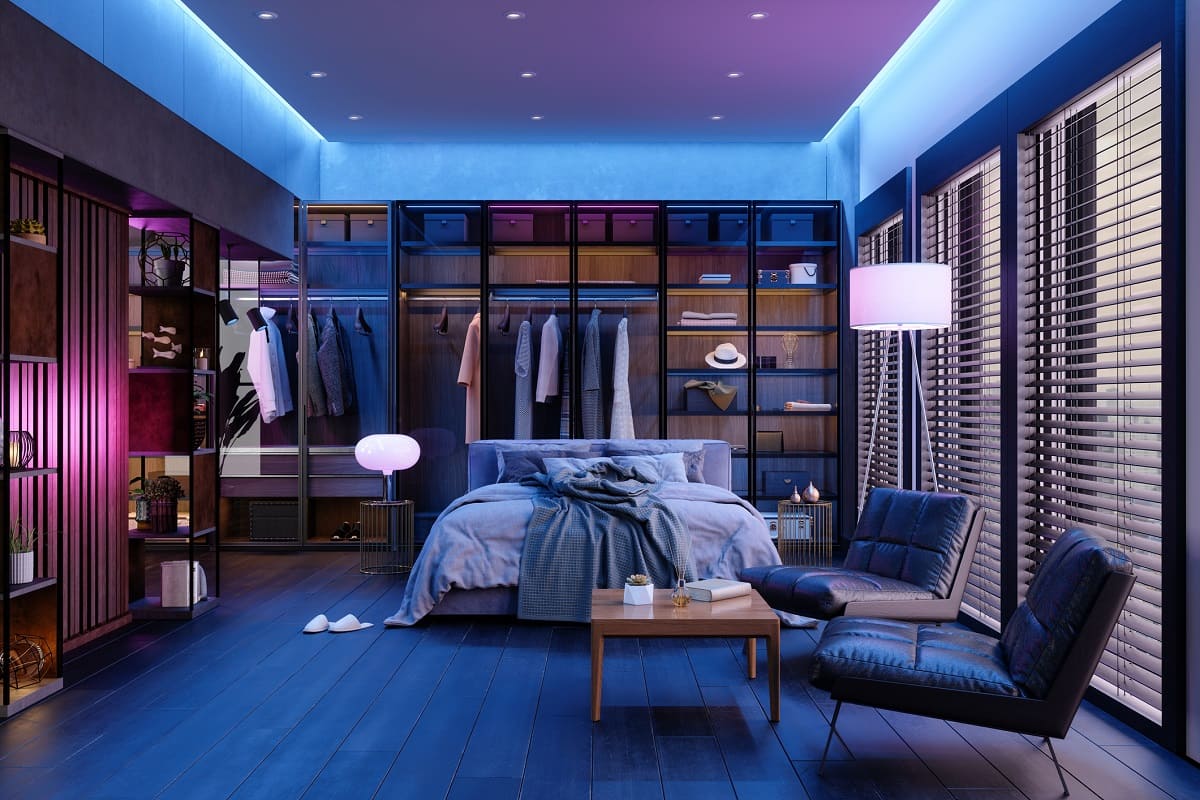


0 thoughts on “6 Rug Colors To Avoid And What Colors Work Well”